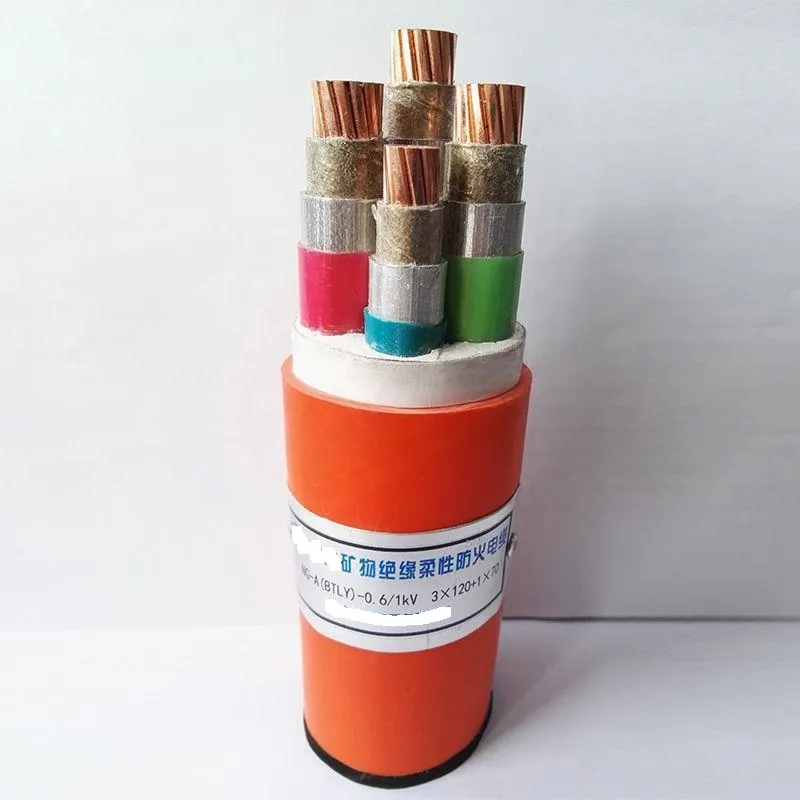10 月 . 14, 2024 02:26 Back to list
cast iron butterfly valve
The Cast Iron Butterfly Valve An Overview
In the world of fluid control systems, the butterfly valve stands out as a remarkable device designed for efficient regulation of flow. Among the various materials used in the fabrication of butterfly valves, cast iron is one of the most popular choices. This article delves into the unique characteristics, advantages, applications, and considerations of using cast iron butterfly valves in various industries.
What is a Butterfly Valve?
A butterfly valve is a quarter-turn rotational valve that utilizes a disc to control the flow of fluid. The disc, or “butterfly,” rotates around a central axis and either opens or closes the passageway, allowing for precise control over the fluid flow. The simplicity of its design lends itself to quick operation, making it an ideal choice for various applications.
The Role of Material Why Cast Iron?
Cast iron is favored for many industrial applications due to its excellent mechanical properties and corrosion resistance. It is a strong and durable material capable of withstanding high pressure and temperature, making it particularly suitable for heavy-duty environments. Cast iron also exhibits great dimensional stability under heat and pressure, which is crucial for the performance and longevity of a valve.
Advantages of Cast Iron Butterfly Valves
1. Durability Cast iron butterfly valves are renowned for their strength and longevity. They can handle rough working conditions, tough fluids, and abrasive materials, making them suitable for a wide range of industrial systems.
2. Corrosion Resistance While cast iron is susceptible to rust in certain conditions, many manufacturers use various coatings or linings to enhance corrosion resistance, thereby extending the valve's life and performance in aggressive environments.
3. Cost-Effectiveness Cast iron is often more affordable compared to other materials like stainless steel. This makes cast iron butterfly valves an economical choice for projects with budget constraints without sacrificing quality and performance.
4. Versatile Applications These valves are used in various industries including water treatment, HVAC systems, oil and gas, and chemical processing. Their ability to regulate flow accurately makes them adaptable to different fluid types, from water to slurries and gases.
5. Ease of Operation The design of the butterfly valve allows for quick opening and closing, which is particularly advantageous in systems that require rapid flow regulation.
Applications of Cast Iron Butterfly Valves
cast iron butterfly valve

Cast iron butterfly valves find extensive applications across several sectors
1. Water Supply and Wastewater Treatment In municipal water systems, these valves help regulate water flow and pressure. In wastewater management, they are essential for controlling the flow of effluent.
2. HVAC Systems Used to manage air and water flow in heating, ventilation, and air conditioning systems, cast iron butterfly valves contribute to energy efficiency and operational effectiveness.
3. Oil and Gas Industry In the extraction and processing of oil and gas, controlling the flow of various substances is crucial. Cast iron butterfly valves help ensure the safe and efficient operation of pipelines and processes.
4. Chemical Processing Many chemicals require precise flow control to maintain safety and efficiency in processing. Cast iron butterfly valves are utilized to manage these fluids due to their resilience.
Considerations When Using Cast Iron Butterfly Valves
While cast iron butterfly valves offer numerous benefits, there are also considerations to keep in mind
1. Weight Cast iron is heavier compared to some alternative materials, which can impact the support structures and installation costs.
2. Limited Temperature Range Cast iron may not perform well at extremely high temperatures compared to materials like stainless steel or high-temperature alloys. Users must consider the application's temperature requirements.
3. Corrosion Protection Proper maintenance and potential protective coatings are essential to prevent rusting, especially in humid or corrosive environments.
Conclusion
In summary, cast iron butterfly valves serve as an excellent solution for various industries requiring reliable flow control. Their durability, corrosion resistance, and cost-effectiveness make them a popular choice for fluid management applications. However, understanding their limitations and ensuring proper care will maximize their effectiveness and lifespan. As industries continue to evolve, cast iron butterfly valves will undoubtedly remain a staple in fluid control systems worldwide.
Share
-
Understanding the Differences Between Wafer Type Butterfly Valve and Lugged Butterfly ValveNewsOct.25,2024
-
The Efficiency of Wafer Type Butterfly Valve and Lugged Butterfly ValveNewsOct.25,2024
-
The Ultimate Guide to Industrial Swing Check Valve: Performance, Installation, and MaintenanceNewsOct.25,2024
-
Superior Performance with Industrial Swing Check Valve: The Essential Valve for Any SystemNewsOct.25,2024
-
Industrial Swing Check Valve: The Ideal Solution for Flow ControlNewsOct.25,2024
-
You Need to Know About Industrial Swing Check Valve: Functionality, Scope, and PerformanceNewsOct.25,2024